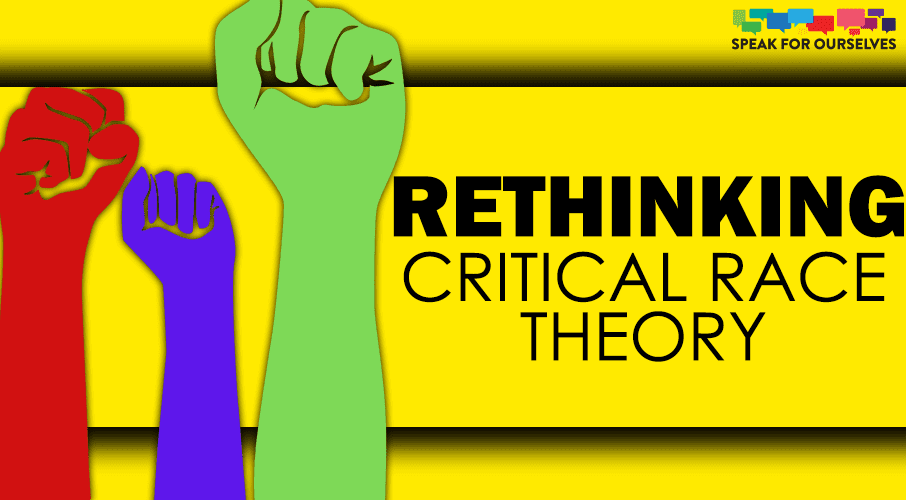ESSAYS
Click on the titles to read the full articles.
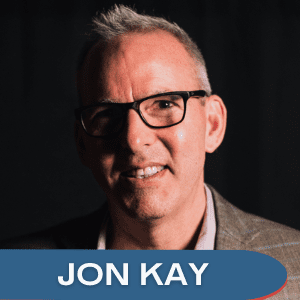
Critical Race Theory Wasn’t Always Like This
“…Defenders of CRT’s current formulation will say that this kind of negative public reaction is simply a symptom of “how much work is left to do,” as the expression goes. But it’s important to remember that even CRT’s original theorists generally didn’t regard themselves as social-justice priests who could exorcise racist white demons through grandiose acts of consciousness-raising…”
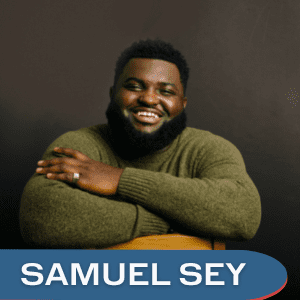
Why Critical Race Theory Is So Popular in Canada
“… critical race theory isn’t necessarily a reaction to America’s history with racism. It’s a reaction to the Western world’s founding principles—including Canada’s. In other words, critical race theory capitalizes on white guilt on race in order to create a revolution against Canadian values like equality…”
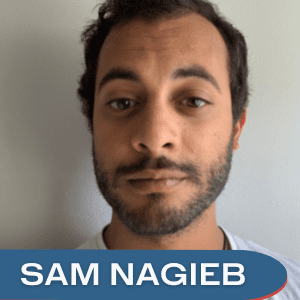
Critical Race Theory: the Ideology Parents Must Know
“…We need to have a comprehensive understanding of this ideology that public schools will introduce to my kids. Proponents of CRT argue it promotes progressive values. But I disagree. It’s more of a radicalization of a regressive thought process that’s passed as ‘progressive’…”

Critical Race Theory and Our Kids
“…Indigenous and black history should be covered by our school curriculum. History isn’t simply stating what happened but also why it matters. The academic question for conservatives would be to describe in detail the historical moment when we went from dealing with tangible racism to inflating racism. The academic question to more leftist thinkers is how do we identify racism within institutions outside of disparity…”
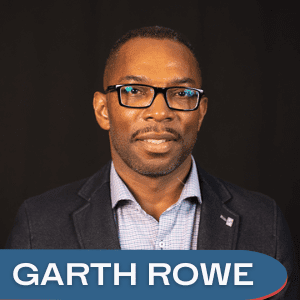
Is There a Legitimate Case for Critical Race Theory?
“…How do we expect to achieve a healthy outcome for all stakeholders if a system that is driven by hate, guilt, revenge, discrimination, and vindictiveness is implemented? If the desire is to truly help individuals to rise above oppression, then it is incumbent on policy makers and leaders of society to formulate solutions that are rooted in such things as love, mutual respect, and justice for all…”
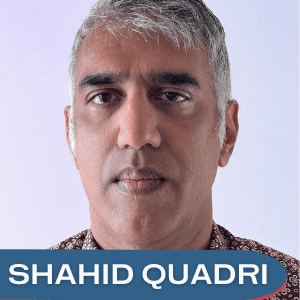
Moral Courage and the “Us-vs-them” Trap of Critical Race Theory
“…Our schools spend untold amounts of tax dollars on diversity, equity and inclusion programs each year that teach things like CRT. What they don’t appear to spend money on are programs that teach the importance of embracing diversity of thought…”
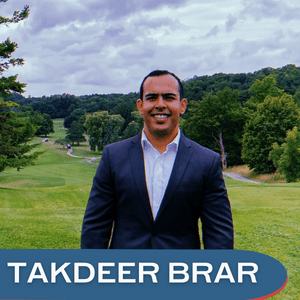
The Myth of the Monolith
“…CRT leads its most enthusiastic followers to embrace a theory of intra-racial homogeneity – one that tends to assume that the values, opinions, and experiences of a person can be defined by little more than their race. In so doing, we have return to the dangerous old trope of the monolithic minority group. And this high cost is paid overwhelmingly by peoples of color like me: the same people of color CRT claims to help…”
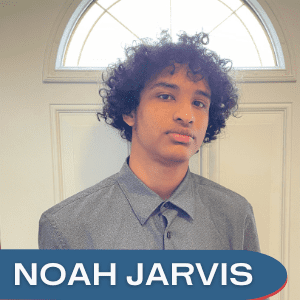
Moving Past Pity: How Critical Race Theory Limits Progress on Race
“…I believe that when addressing individual human beings, we should be addressing them on their characteristics as a person, as a personality, what they have to offer in terms of their intelligence, their experience, and not just prejudging people based on their race…”

